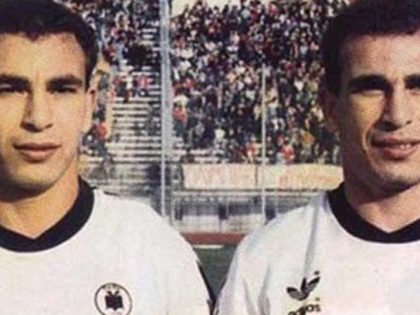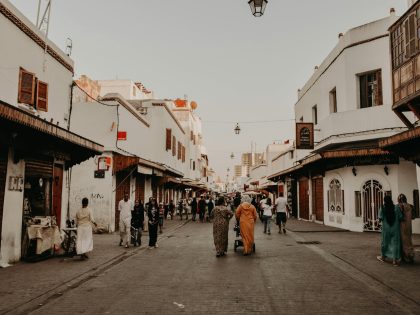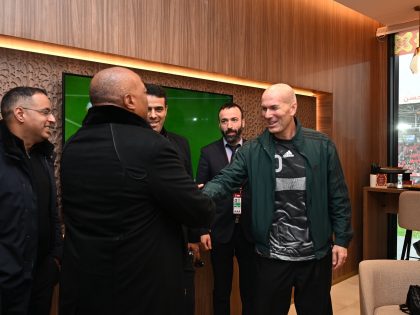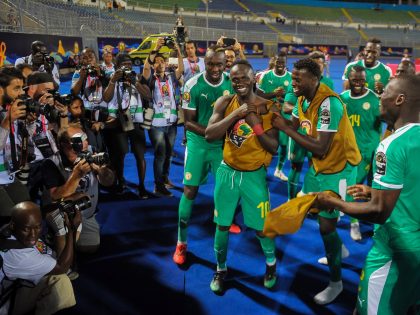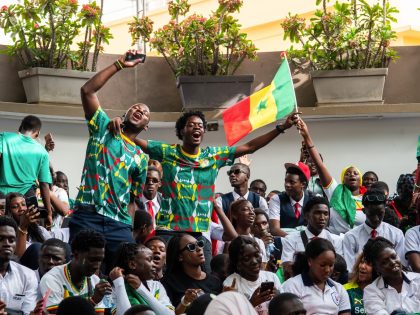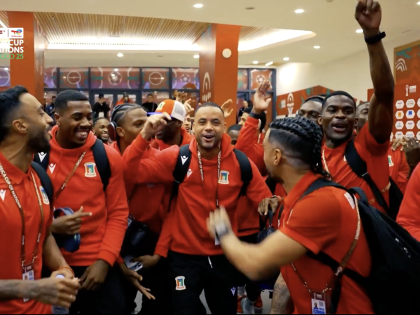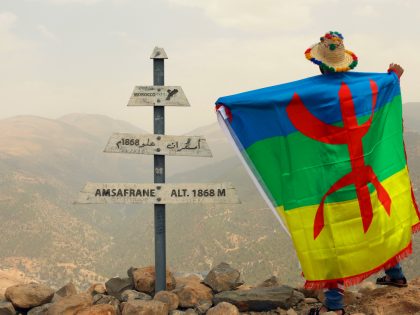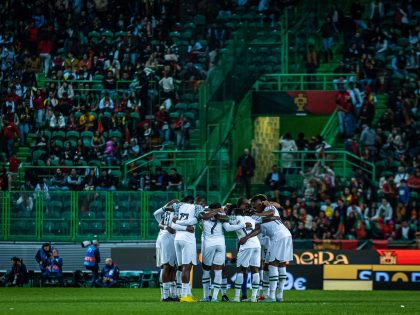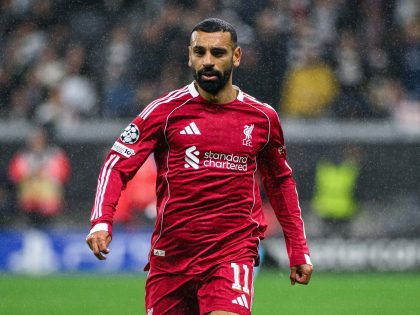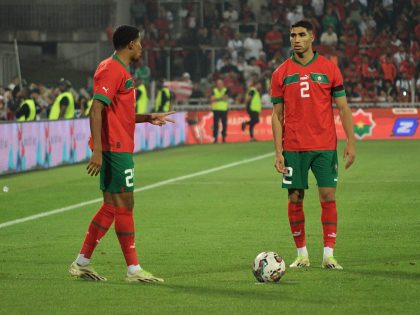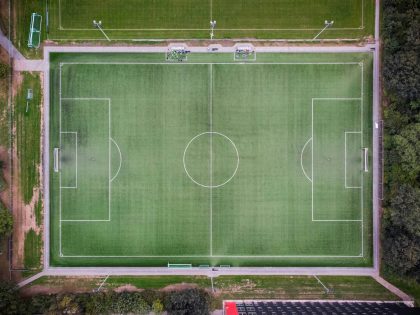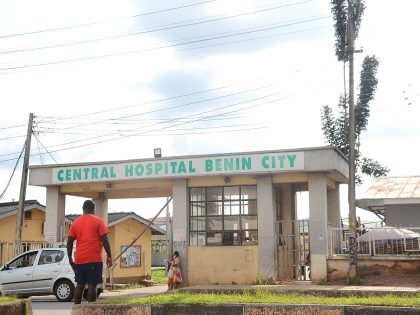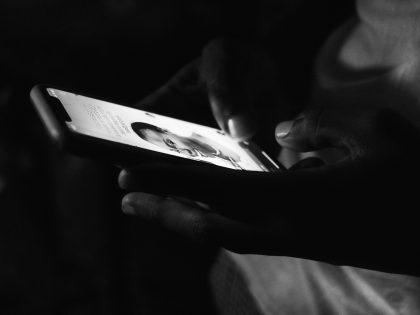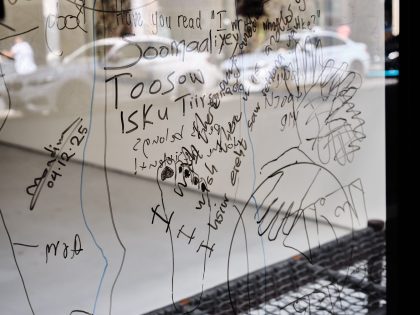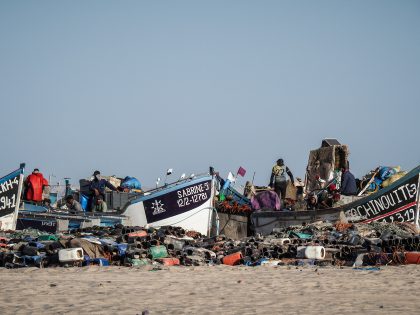The New Yorker on violence against lesbians in South Africa
How does an American publication write critically about a country without running the risk of reifying sexual and racial stereotypes?

This image by Zanele Muholi of Lungile Cleopatra Dladla, who was raped, accompanied the piece in The New Yorker.
Charlayne Hunter-Gault, an African-American reporter based in South Africa, has penned a piece in this week’s New Yorker, titled “Violated Hopes” that covers sexual violence directed against black South African lesbians. Hunter-Gault frames the piece on the experiences of lesbian women in townships in Johannesburg and Cape Town, interviewing several women who have experienced sexual violence at the hands of men. Since 1998, over thirty cases of South African lesbians murdered in connection to their sexual orientation have been documented, many of which included sexual assault at the hands of men ostensibly to ‘cure’ lesbian sexuality, a practice described as ‘corrective rape.’ Following several women activists in organizations including the Ekurhuleni Pride Organising Committee (EPOC) close to Johannesburg, Hunter-Gault explores how citizens daily confront the challenges of living in a country with a culture of violence, acknowledging that South Africa has one of the world’s highest murder and rape statistics.
Hunter-Gault has the unenviable task of describing and decoding the cultural, socio-economic, and historical frameworks that surround anti-lesbian sexual violence in South Africa for a North American audience. She discusses, at length and with sympathy, the often contradictory impulses of post-1994 South Africa. Covering the influence of Christianity’s considerable influence over contemporary politics as well as the conservatism of traditional leaders like Zulu King Goodwill Zwelithini (who purportedly announced this January that homosexuality was ‘rotten’) and the problematic sexual rhetoric of President Jacob Zuma’s 2006 rape trial, she describes a society grappling with a plethora of different social and sexual points of reference. She notes that South Africa can boast a constitution that offers some of the most comprehensive protections for the rights of sexual minorities on the planet even as then Deputy-President Zuma declared in 2006 that homosexuality and same-sex marriage were a “disgrace to the nation and to God.”
Hunter-Gault depicts with pathos and sensitivity the anguish of family members who have lost daughters like Zoliswa Nkonyana (whose assailants were finally sentenced this February, six years after her murder) as well as allowing space for the tensions in a society with cultural and religious trends to conservatism.
Yet, the term ‘corrective rape’ is a tricky one, and for Hunter-Gault, as well as for many of us who write about and work in South Africa, the question remains—how do you write critically about a country without running the risk of reifying sexual and racial stereotypes? The term ‘corrective rape’ describes very real violence against a vulnerable population within South Africa, yet it also can reinforce the idea of the ‘black South African lesbian’ as a type, a vulnerable figure at risk from the predations of the poor, patriarchal, black, straight male. In so doing, the discourse of ‘corrective rape’ can shed light on a critical issue within South Africa while reinforcing pre-existing stereotypes of African women needing to be saved from the violent and backward African men. Hunter-Gault largely steers clear of these tropes, but by taking up the term, and using it in her depiction of South African lesbians as at-risk, the problematic potential for reading these women as ultra-abject remains. Fortunately, to ground the article, and to counter such narrow readings of the women depicted, The New Yorker provides a series of twelve pictures of black South African lesbians by artist Zanele Muholi.
Zanele Muholi’s portraits are evocative and affective in their directness. They depict black women in a variety of spaces and settings, gazing directly into the camera in some instances, looking away in others. We only know by the categorization offered to us that these are ‘black South African lesbians,’ and in Muholi’s able hands, these portraits avoid the easy move of depicting these women as the ultimate in abjection, rendered as victims. Rather than point to victimhood or their vulnerability, these portraits show women in daily life, in proud and self-contained poses, directly engaging with the viewer. Muholi’s work offers both a riveting and powerful juxtaposition to Hunter-Gault’s article, re-affirming the women’s position as the center of the discussion, and allowing a measure of agency that the trope of ‘corrective rape’ obscures.
Ultimately, the Hunter-Gault and Muholi pieces demonstrate a clear and pressing social issue as well as the limits on reporting on it. “Violated Hopes” runs the risk of perpetuating tropes of abjection among black lesbians residing in townships, but at the same time demonstrates the possibility of evading such a limited framework through Muholi’s photographic depictions. The two selections ultimately serve to illustrate that at its heart, the discussion concerns the everyday lives, risks, and experiences of black South African lesbians in a country faced with the monumental task of providing for the freedom and security of all of its citizens.
